Jomo Tariku is designing for change
It took Jomo Tariku 30 years to get the career he wanted. He's making sure the next generation doesn't have to wait as long
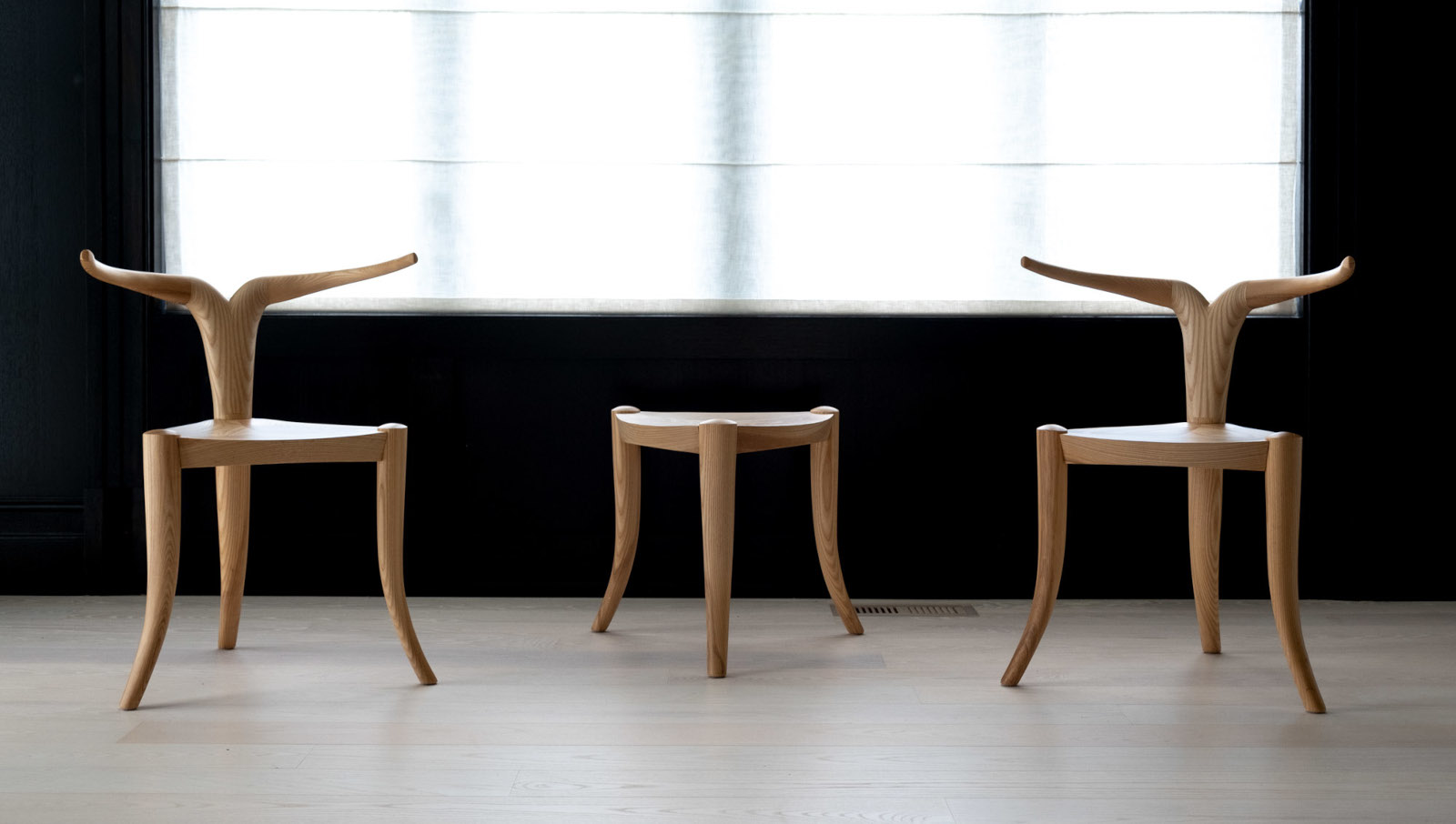
When Jomo Tariku studied industrial design in the early 1990s, he knew his work would involve solving problems. But what he didn’t know was that he was about to embark on a thirty-year project to remake the design industry itself.
Today, at 55, the Ethiopian-American furniture maker is recognized as one of the most outspoken and impassioned figures advocating for more diversity and inclusion in the field, although he doesn’t think of himself as an activist. 'What industrial design has trained me to do is ask questions, see where the problems are, and respond to them,' Tariku says. 'So I just found this as a problem because of my own personal journey.'
Jomo Tariku influential designs to inspire future generations

Jomo Tariku's 'Meedo' chair, which is in New York's Metropolitan Museum of Art
Growing up in Kenya, Tariku sketched the furniture his father, a diplomat, brought home from his trips abroad. Sometimes, Tariku says, his family’s living room started to 'look like a bazaar.' What started as a way to pass time during summer vacation eventually became an obsession as he faithfully rendered the details he saw: intricate hand-carved leaves on a wood table from Thailand, the ornamental patterns on Persian carpets, and the curvature of Ethiopian ebony stools. This close observation nurtured a love of objects.
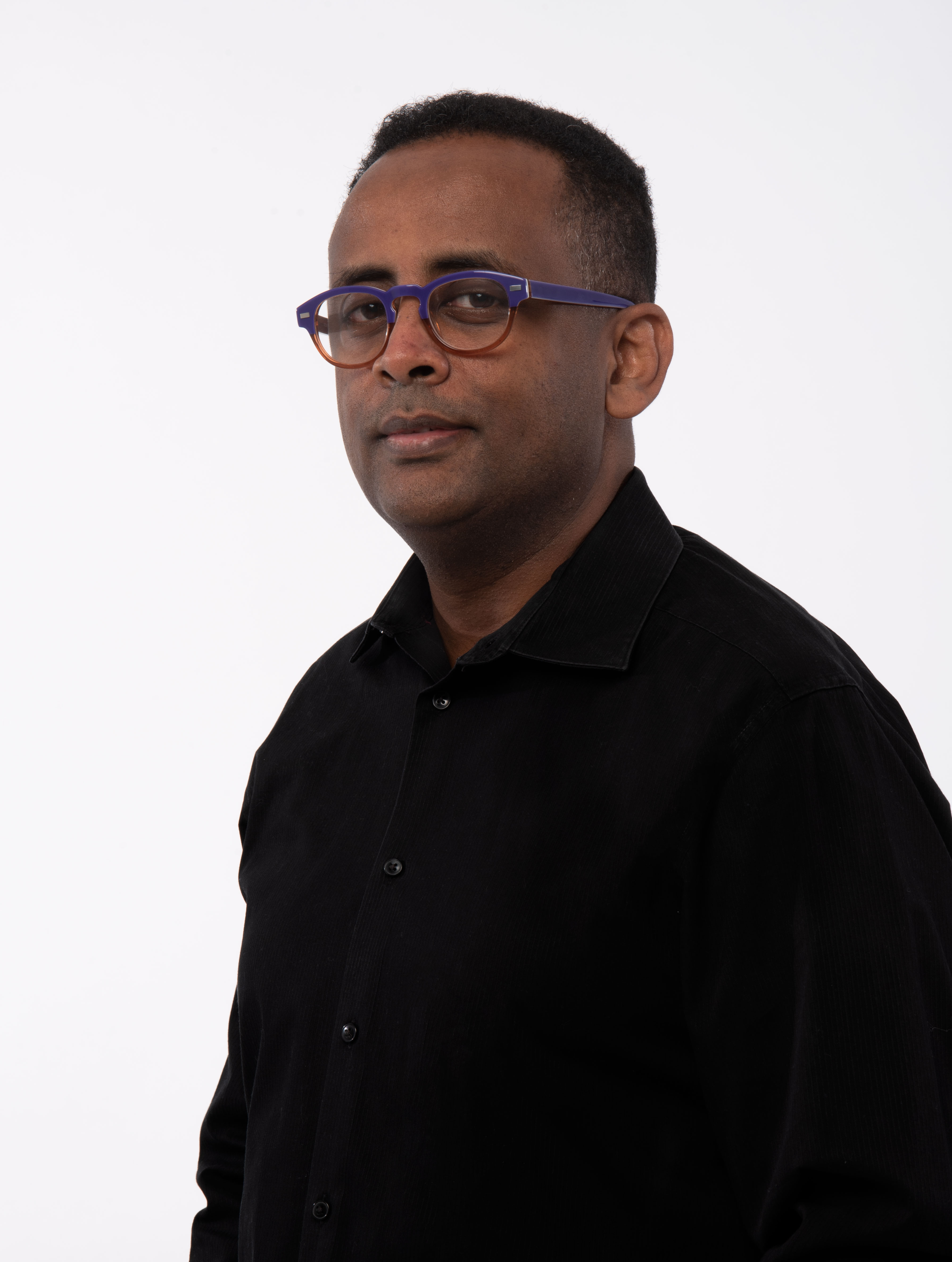
Eventually, Tariku landed at the University of Kansas. There, he saw international design magazines for the first time — titles like Domus and Abitare — and noticed that they showed a narrow range of primarily European styles and influences. This shocked him. 'It was like, Where is Africa? Where are all the Black designers?' Tariku says. When he did see something labelled 'African,' it was more of a trope, like animal-print upholstery on a Regency chair. 'I have nothing against these two things,' Tariku says. 'But that's not Africa.' This realisation jolted him into action. For his thesis, he articulated the contemporary design language that he felt was missing from those magazines through a furniture line that riffed on the geometric forms found in Aksum, an ancient kingdom in Ethiopia.
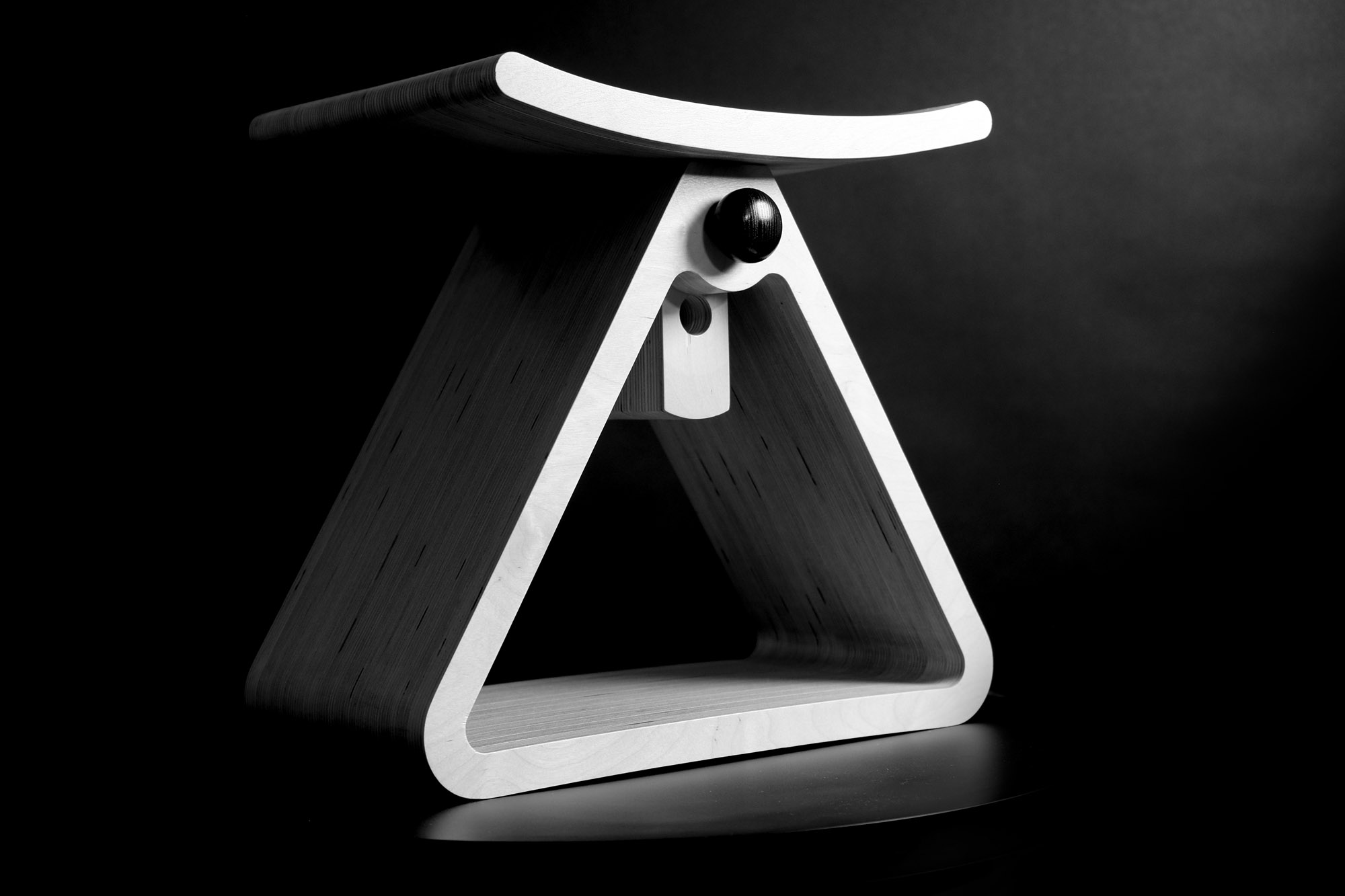
'Boraatii' stool, which appears in Black Panther: Wakanda Forever
Since then, Tariku has continued to add vocabulary to his language. He’s omnivorous with his touchpoints. His Boraatii stool, which is composed of a triangle-shaped base and curved seat, is a reinterpretation of antique Ethiopian headrests. And his hourglass-shaped Mukecha stool is an adaptation of the large African mortars used to grind grain. The legs on his Nyala stool reference antelope horns. But after he opened his studio in 2000, Tariku learned there wasn’t a market for his designs. It was a challenging experience. So he went into graphic design and data visualisation to make ends meet.
In 2010, he made the difficult decision to close his studio, but continued to sketch designs and track the industry, publishing research about how few practising Black designers there are. Then in 2018, the New York–based designer Malene Barnett invited him to become a founding member of the Black Artists and Designers Guild, a group she established to connect Black creatives and to bring visibility to their practices. His work quickly received more attention.
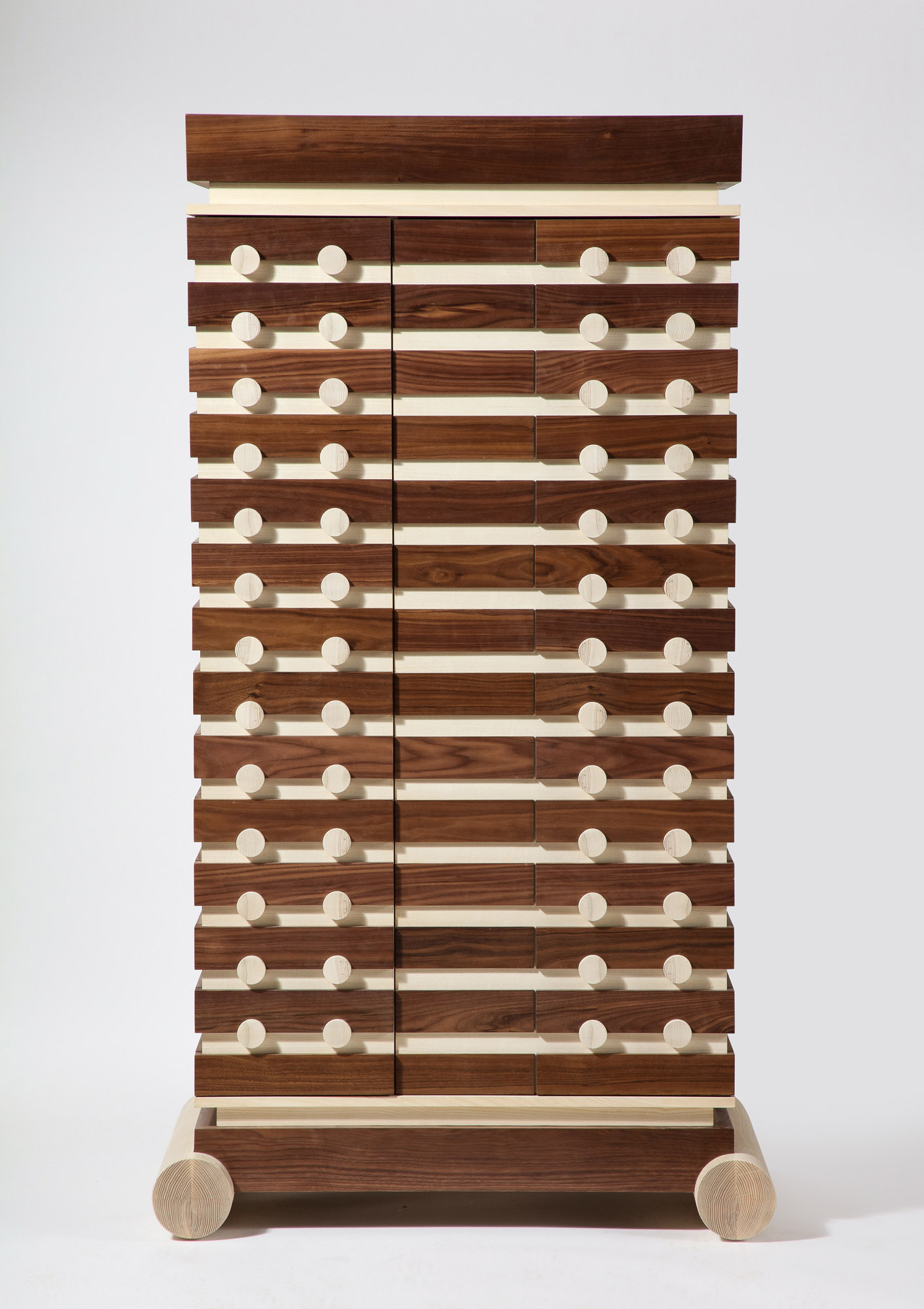
The Zagwe wardrobe
Now in his 50s, Tariku has experienced a personal Renaissance. Two of his chairs are part of Vice President Kamala Harris’s official residence and his Meedo chair (which resembles a comb) was included in the Metropolitan Museum of Art’s Afrofuturist Period Room that opened in 2021. Five of his designs were part of the set of Marvel’s 2022 film Black Panther: Wakanda Forever. At Design Miami 2023, Tariku exhibited new wallpaper that riffed on combs that became a popular place for fair goers to take selfies and a wood wardrobe, his largest piece to date, whose striped composition referenced an 11th-century Ethiopian Orthodox church.
Wallpaper* Newsletter
Receive our daily digest of inspiration, escapism and design stories from around the world direct to your inbox.
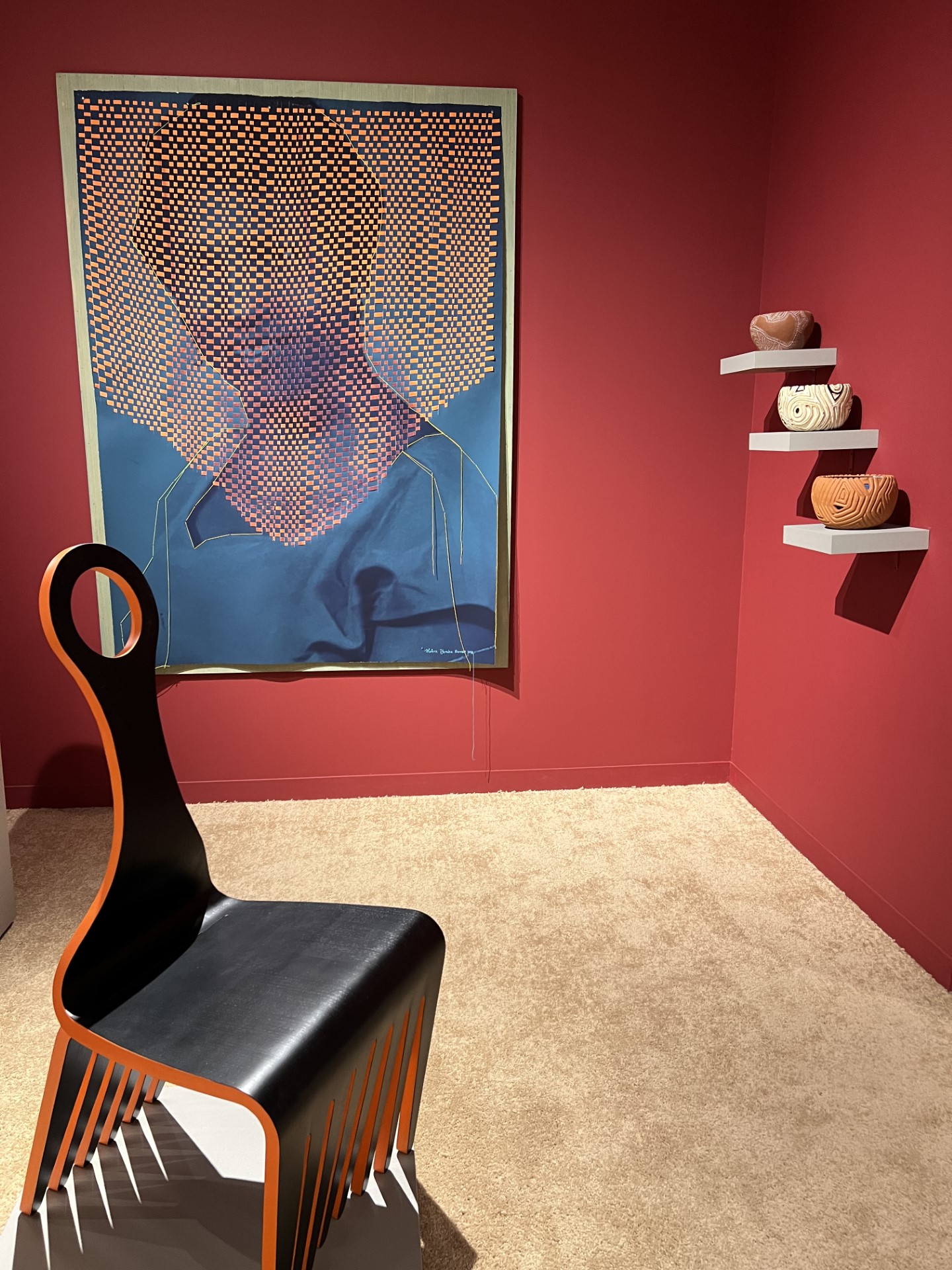
Meedo chair at Wexler Gallery booth at Design Miami 2023, woven art and bowls by Malene Barnett
Looking into the future, Tariku is focused on ensuring that his success isn’t the exception and that designers, not just brands and institutions, are reaping the benefits of greater visibility. His research practice is studying how many contemporary Black designers are in museum collections, how many have licensing deals with major furniture companies (he inked his first deal with Steelcase this year), and how often they’re featured in design books (spoiler: it’s still not many).
He is also establishing Articulate Design Lab, where children in the D.C. area can learn about art, design, and furniture fabrication. 'I want them to know there is an exciting career in design,' Tariku says. 'I made a career out of it, but it took me 30 years. We’re doing this so it doesn’t take 30 years for them.'
jomofurniture.com
articulatedesignlab.org
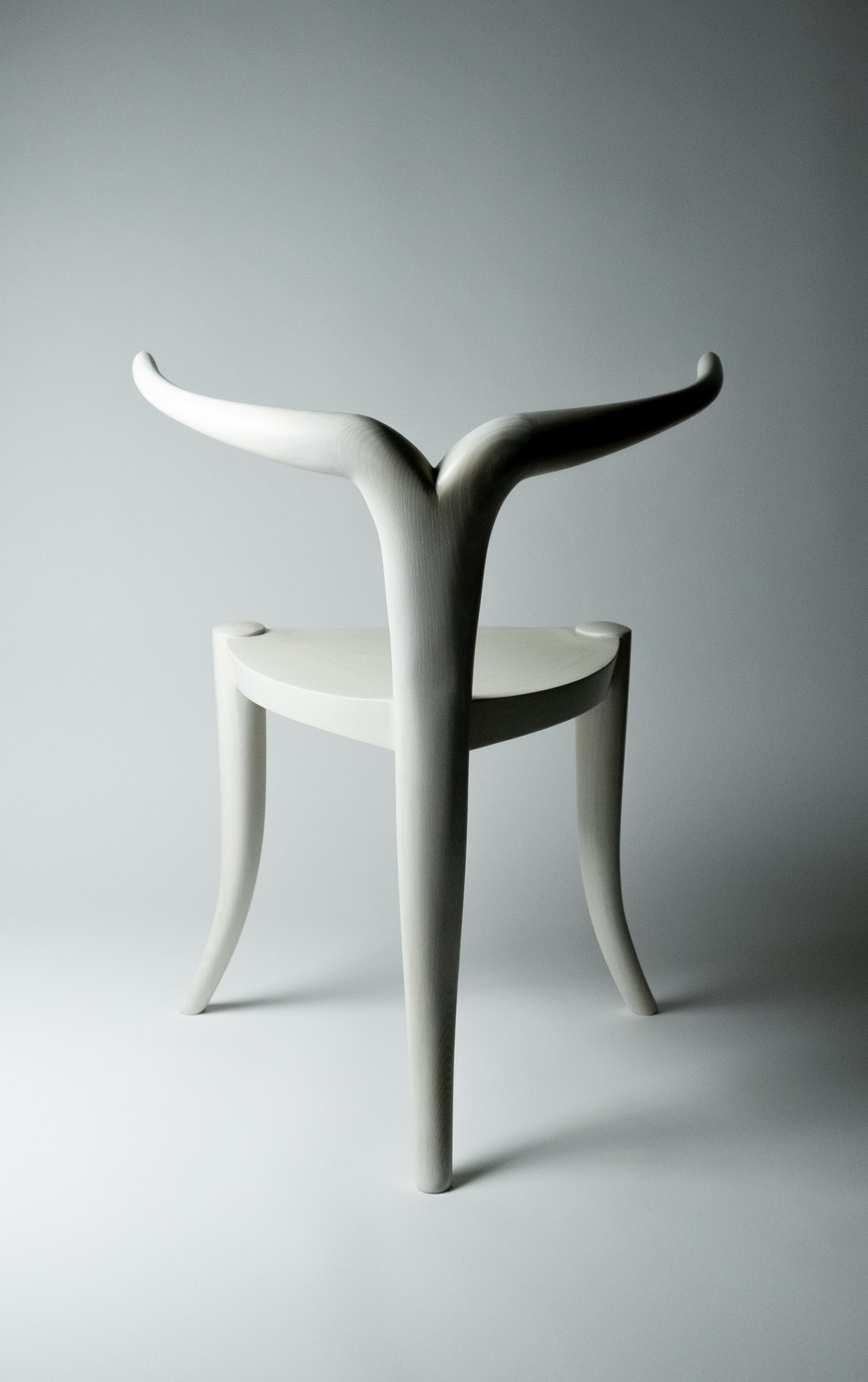
A bleached version of the 'Nyala' chair
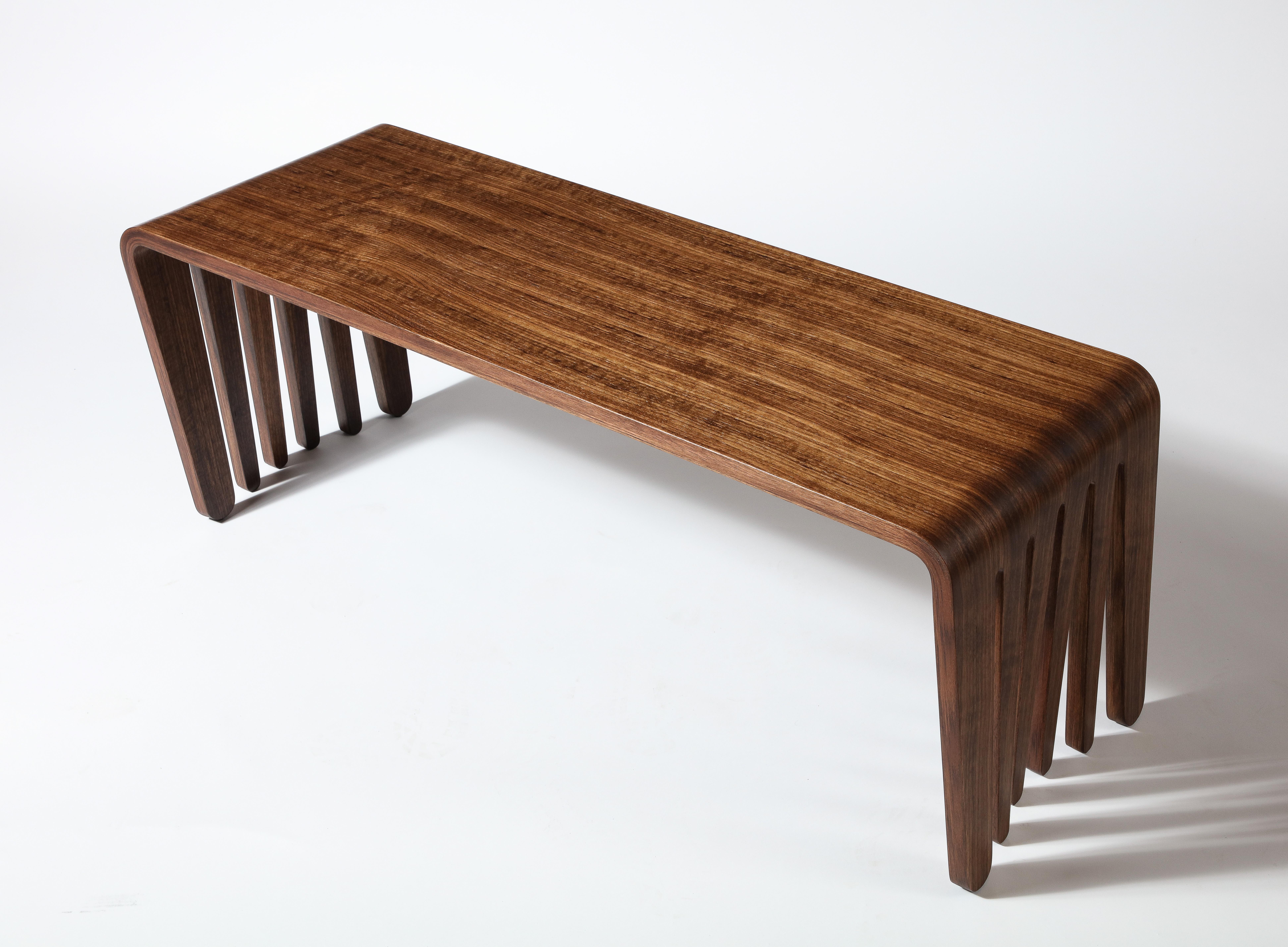
Meedo bench
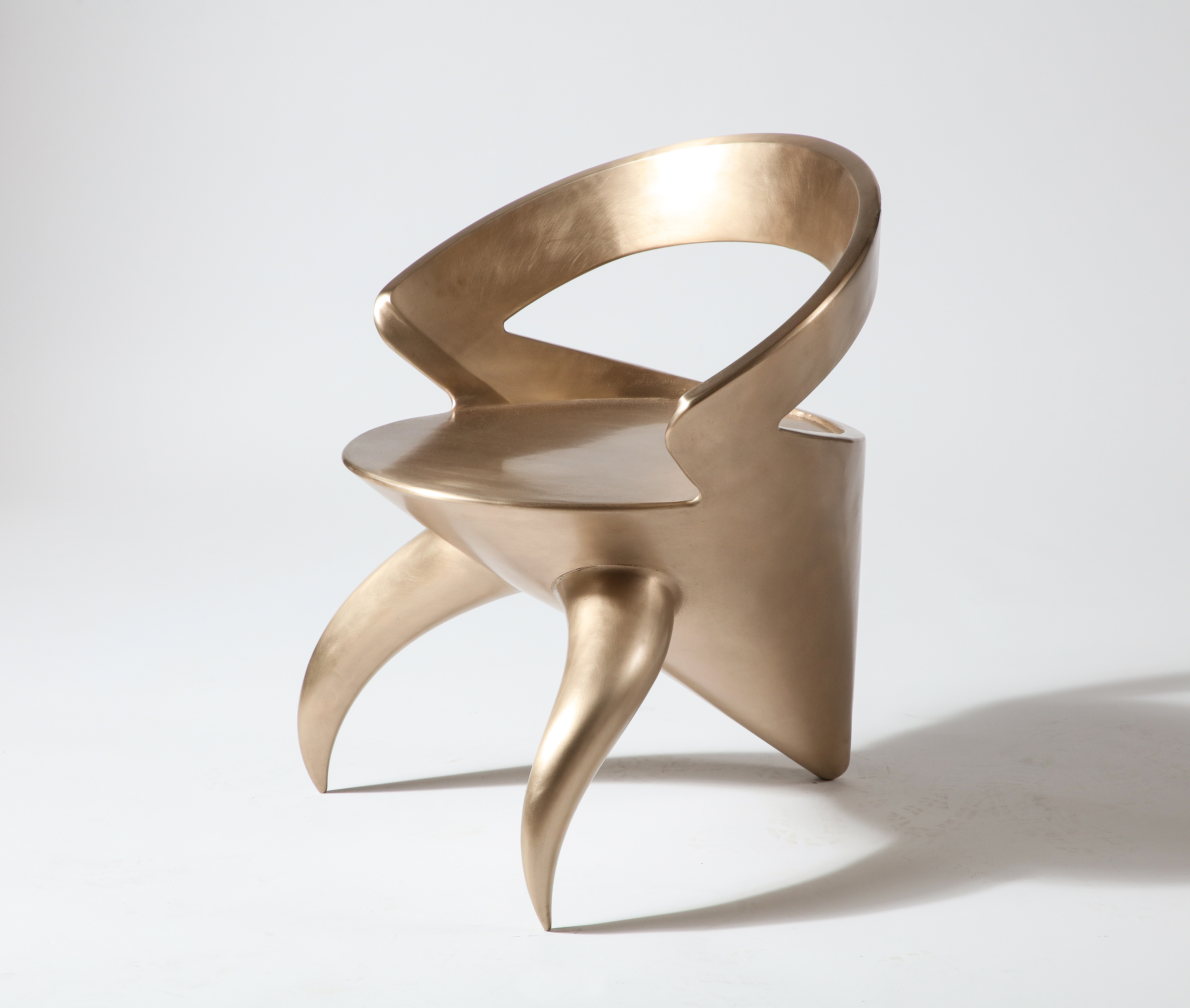
Kundung Pembe Chair

The Zagwe wardrobe

Design Miami 2023 booth
Diana Budds is an independent design journalist based in New York
-
 Warp Records announces its first event in over a decade at the Barbican
Warp Records announces its first event in over a decade at the Barbican‘A Warp Happening,' landing 14 June, is guaranteed to be an epic day out
By Tianna Williams
-
 Cure your ‘beauty burnout’ with Kindred Black’s artisanal glassware
Cure your ‘beauty burnout’ with Kindred Black’s artisanal glasswareDoes a cure for ‘beauty burnout’ lie in bespoke design? The founders of Kindred Black think so. Here, they talk Wallpaper* through the brand’s latest made-to-order venture
By India Birgitta Jarvis
-
 The UK AIDS Memorial Quilt will be shown at Tate Modern
The UK AIDS Memorial Quilt will be shown at Tate ModernThe 42-panel quilt, which commemorates those affected by HIV and AIDS, will be displayed in Tate Modern’s Turbine Hall in June 2025
By Anna Solomon